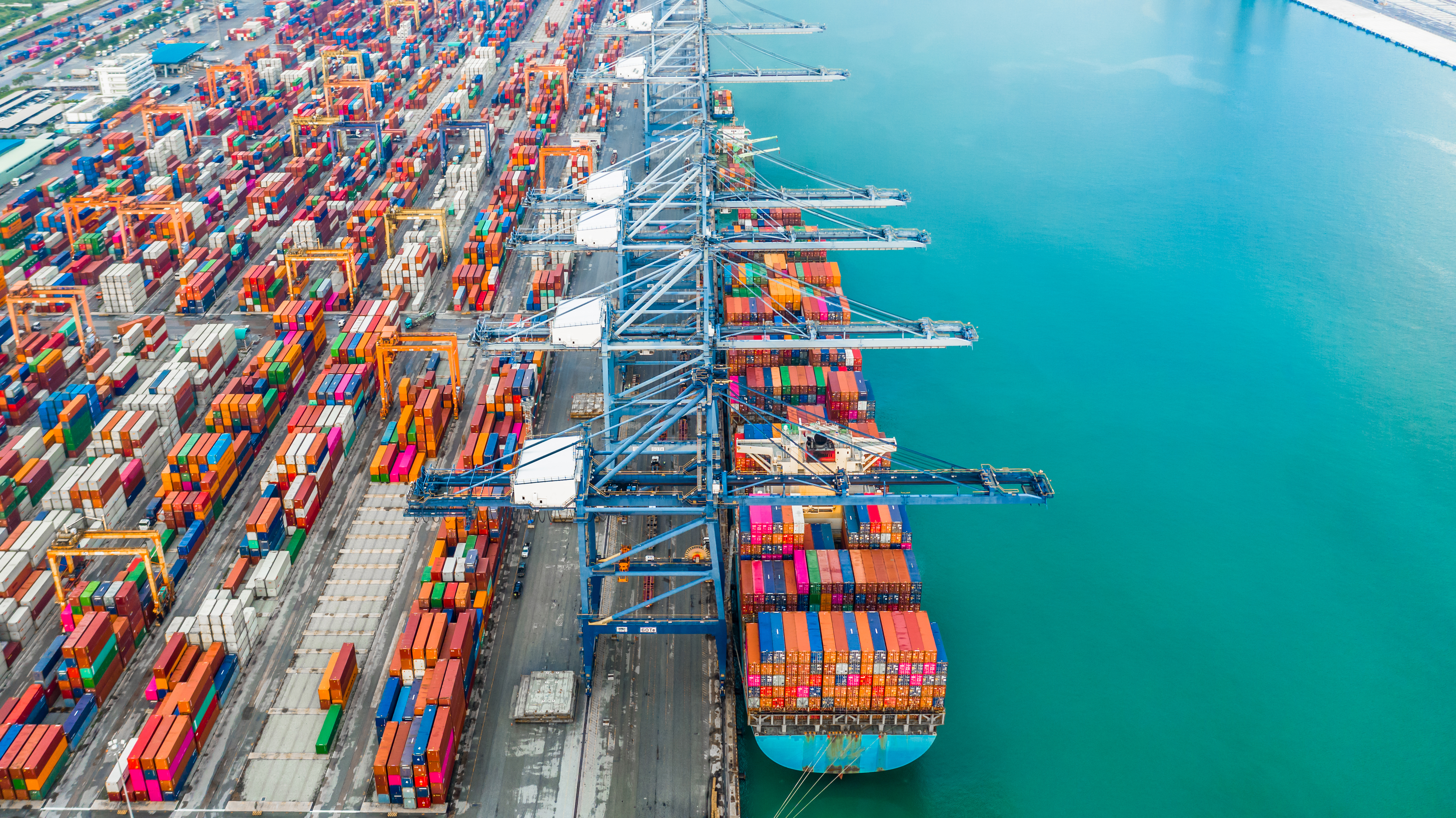RECESSION FEARS STOKED ON DAY THREE OF AMERICA'S PORT STRIKE

Like in the covid era, panicked shoppers in the US have been seen scrambling to stock up on essential items such as bottled water and toilet paper as the strike across America’s eastern seaboard enters its third day with experts now suggesting the industrial action could last weeks rather than days.
Around 45,000 dockworkers at ports stretching from Maine to Texas went on strike on Monday night in the largest terminal industrial action seen anywhere in the world this century, something that has seen a number of boxlines call force majeure this week.
The International Longshoremen’s Association (ILA) union has not been able to come up with a new contract with an employer group, the United States Maritime Alliance (USMX), having sought wage increases of more than 70% plus commitments by port operators not to automate their facilities.
The USMX said yesterday it is ready to reopen negotiations with the International Longshoremen’s Association (ILA), but not under pre-conditions set by the union.
It is now more likely we are looking at weeks rather than days as a duration for the conflict
“USMX’s goal continues to be focused on ratifying a new Master Contract that addresses all the critical issues the parties need to bargain,” the employers said in a statement. “Reaching an agreement will require negotiating — and our full focus is on how to return to the table to further discuss these vital components, many of which are intertwined. We cannot agree to preconditions to return to bargaining — but we remain committed to bargaining in good faith to address the ILA’s demands and USMX’s concerns.”
On the ground, port agent Inchcape reports the strike has been felt most acutely at container and roro terminals across the US east and Gulf coasts. Private terminals, especially those handling bulk and liquid cargo, are less impacted, Inchcape noted.
With both president Joe Biden and the Republican nomination for the White House, Donald Trump, coming out in support of the ILA’s stance this week, experts are increasingly convinced that this strike, the first seen on the US east coast since 1977, will be a protracted one.
“My take on this is that it is now more likely we are looking at weeks rather than days as a duration for the conflict,” commented Lars Jensen, a well-known container shipping expert and founder of consultancy Vespucci Maritime.
“The ripple effects we will see unfold in coming weeks will include congestion in Central American hubs, a sharp drop in export capacity out of all regions starting with Europe and South America as the planned vessels do not arrive from the US in a couple of weeks. This will lead to congestion issues in Europe and South America as local export cargo might arrive in ports destined for the US but with no vessels to pick up the cargo. This will then gradually spread to other regions as well,” Jensen predicted in a post on LinkedIn.
At least 45 container vessels that have been unable to unload had anchored up outside the strike-stricken ports by Wednesday, up from just three before the strike began on Sunday, according to Everstream Analytics. The vessel backlog could double by the end of the week, the data firm warned.
Regardless of the building supply chain mayhem, spot freight rates published today by Drewry continued their decline. The World Composite Index, a global spot rate average was down by around $100 per feu to stand at $3,489.33. Rates from Asia to the US east coast dropped by $106 to $5,922 per feu, Rotterdam to New York saw a $6 drop to $2,061 per feu, the reverse trade – New York to Rotterdam – did climb, albeit just $2 to $724 per feu.
Projections from Sea-Intelligence, a Danish liner advisory, suggest for every week of strike, more than 60 container vessels will start to pile up outside east coast ports, and a third of them will be queueing outside New York. Every week of strike will lead to a capacity loss of more than 400,000 teu, more than 1.4% of the global fleet, in turn pushing up freight rates, not just on the trades to the US, but likely across all major deepsea trades, Sea-Intelligence forecast in a new report.
If the strike lasts for a week, then perishable goods will start to spoil, Sea-Intelligence warned, adding that if the walkout lasts for more than a month it will almost invariably push the US economy into a recession.

Source: Splash247
------
ASL Logistics US - Your True Shipping Partner
.png)
Reach ASL Logistics US immediately for advice on sea freight service! Or you can contact us directly to receive detailed information:
⚓ ASL Logistics US - Your True Shipping Partner
📍 https://aslc-us.com/
☎ +1 56 2906 3906
✉ phong@aslc-us.com
Related services: Sea Freight, Air Freight, Customs Broker Service, Domestics Trucking, Multi-modal Transportation, Warehousing Services, Shipping and Logistics Services to The U.S,


.jpg)
